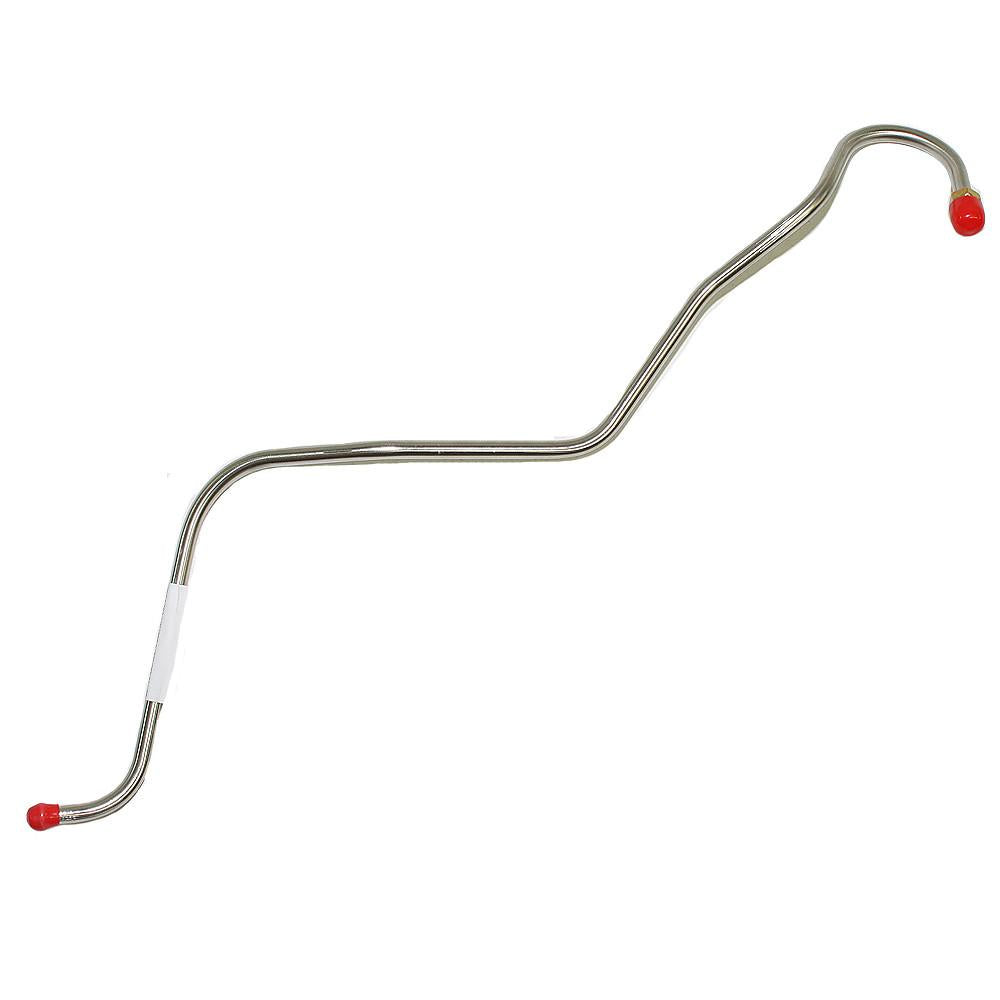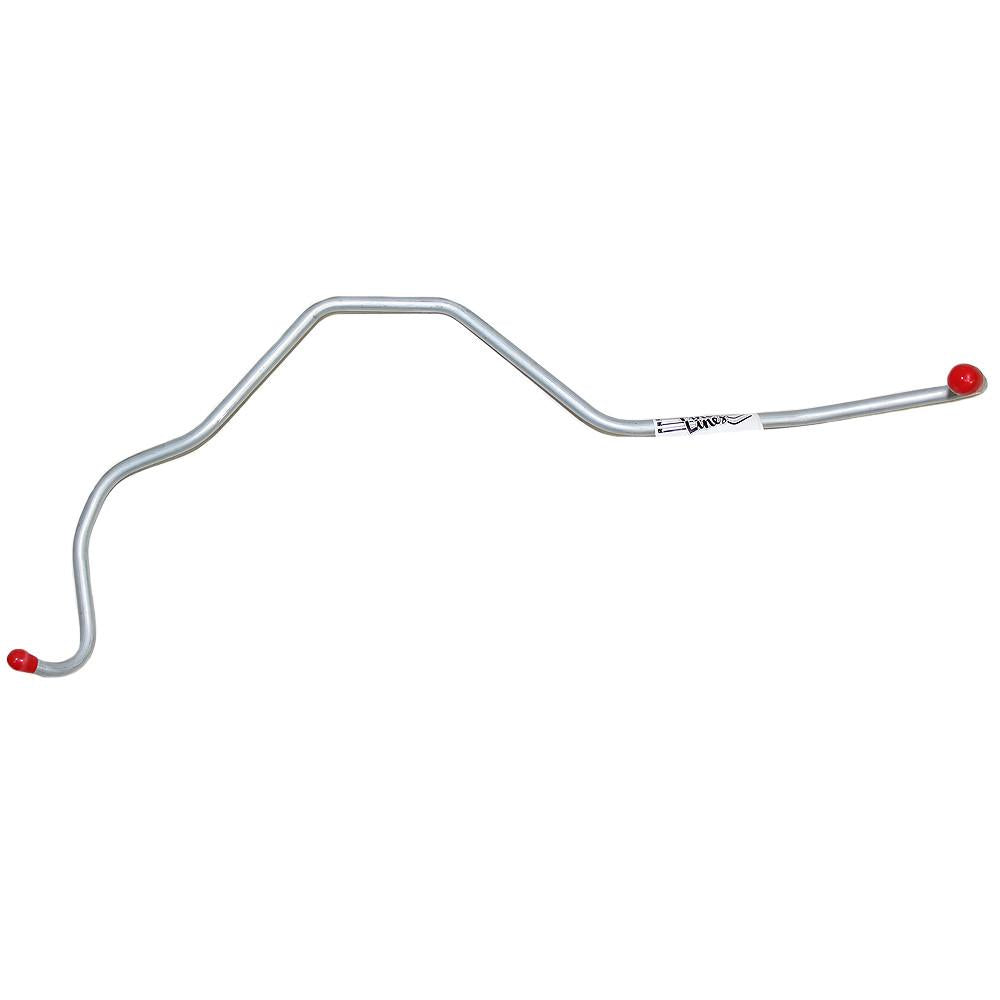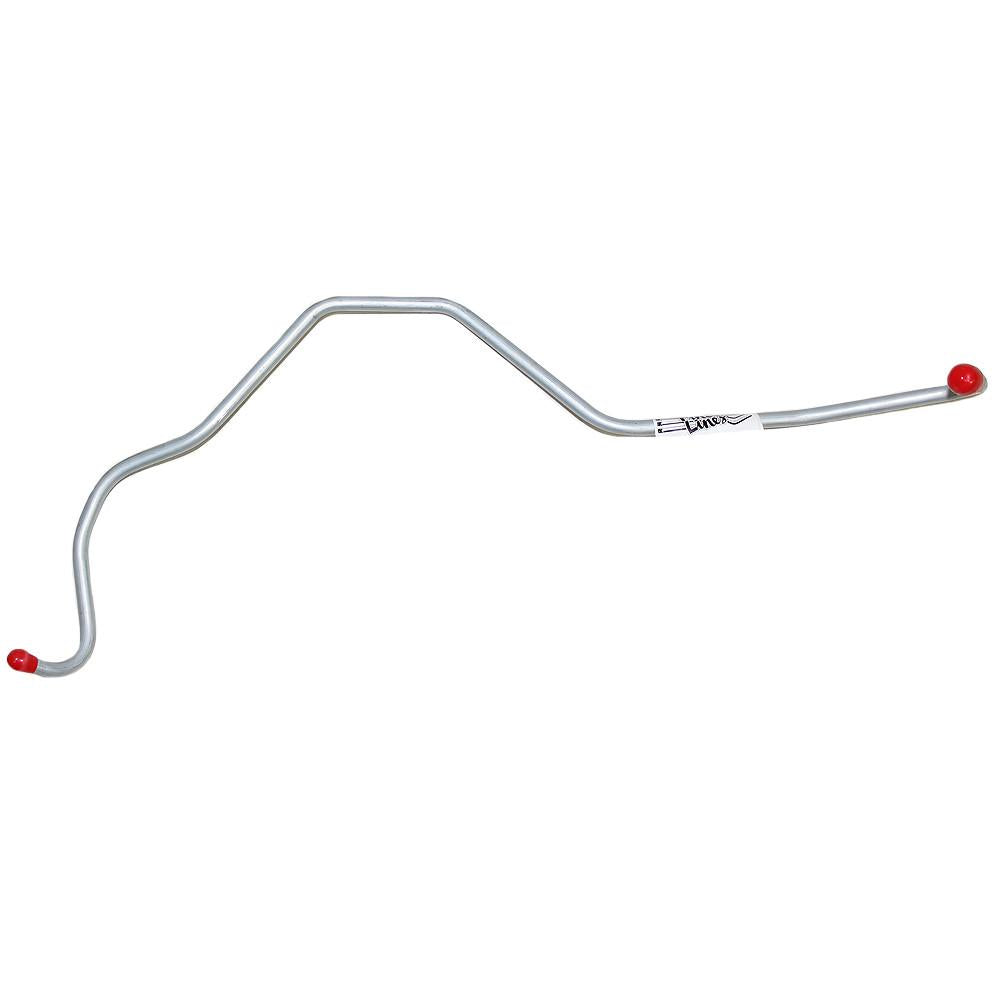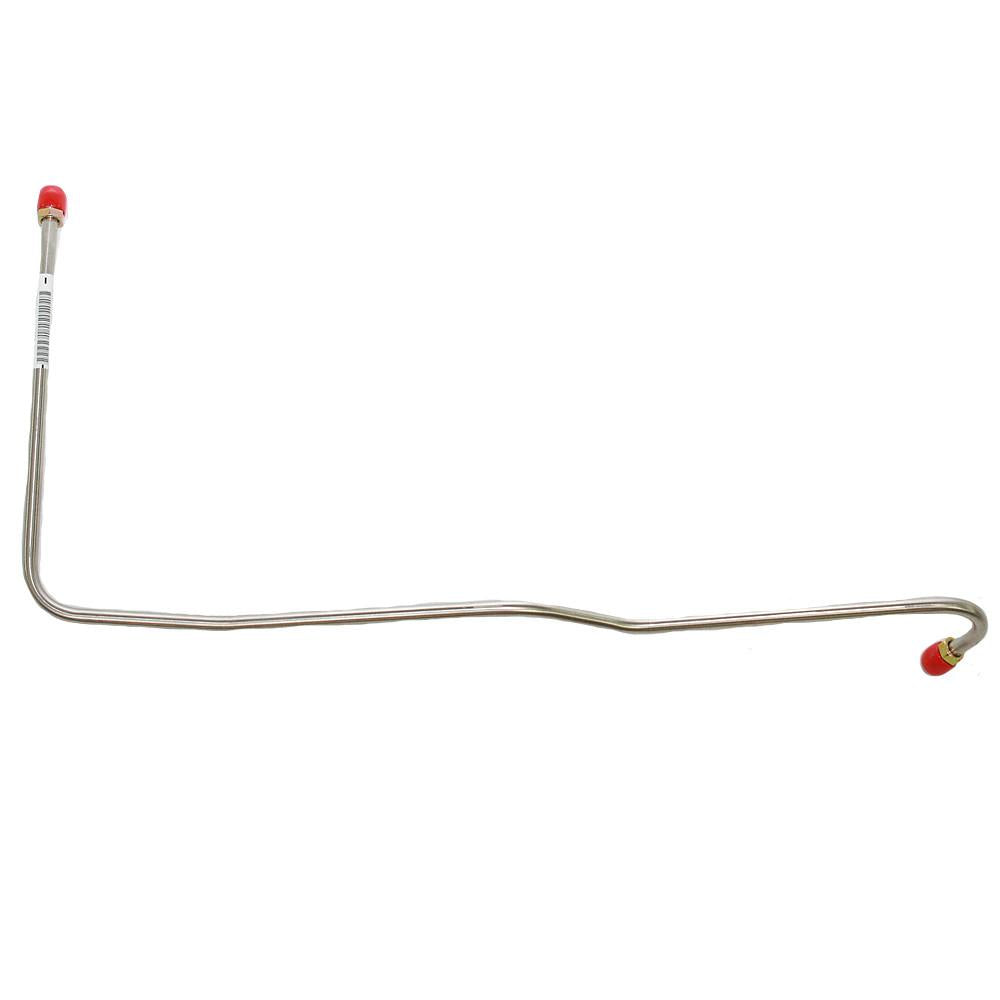First Generation Mustang: The Original Pony Car
The 1964-1970 Ford Mustang, a legend on wheels, roared onto the scene in 1964, forever etching its name in automotive history. This wasn't just another car; it was the birth of the pony car, a perfect blend of style, affordability, and performance.
Lee Iacocca, a young Ford executive, championed the Mustang's creation. He envisioned a sporty car for the younger generation, a "little Mustang" inspired by the P-51 fighter plane. The result was a sleek design with a long hood, short deck, and three available body styles: the classic coupe, the breezy convertible, and the iconic fastback.
Under the hood, a range of engines catered to various tastes. The economical 2.8L straight-6 offered decent mileage, while the 4.7L V8 provided a satisfying rumble. But the true heart of the Mustang throbbed with the 5.0L V8, especially in the legendary Shelby GT350 and GT500 models. These fire-breathing beasts, with their muscular looks and tire-shredding power, became symbols of American muscle car dominance.
The Mustang's impact transcended horsepower. It was a cultural phenomenon. Its affordability made it attainable for a generation yearning for freedom and individuality. The Mustang became a fixture in movies like Bullitt and car chases on shows like Starsky and Hutch. It was a rolling billboard for cool, a symbol of rebellion and youthful spirit.
Throughout the 1964-1970 period, the Mustang evolved. Early models sported a more delicate design, while later ones embraced a more aggressive look. Horsepower figures fluctuated with changing market demands and tightening emissions regulations. Yet, the Mustang's core essence remained – a stylish, fun-to-drive car that offered a taste of muscle car excitement for the everyday driver.
Today, the first-generation Mustang is a coveted classic. Its timeless design and enduring legacy continue to inspire enthusiasts. Owning a piece of automotive history, a car that captured the imagination of a generation, is a dream for many collectors. The 1964-1970 Mustang isn't just a car; it's a symbol of freedom, power, and a bygone era, forever galloping through the halls of automotive fame.
Restoring Classic Mustangs
When it comes to restoring classic Mustangs, it's not too different than restoring any classic vehicle. It takes a special interest or infatuation with the vehicle. There's a love for the vehicle you have chosen to restore. When you are that invested in bringing a classic Mustang back to life you want the best parts for the job. That's where stainless steel lines and tubes come in handy. Stainless isn't just pretty, it's rust-resistant and strong, making it the perfect material for new formed brake lines, fuel lines, transmission lines and more. They last forever under harsh conditions and look good doing it.
























